Cards In This Set
| Front | Back |
|
Describe Laminopathies-4 main types-When symptoms develop-Defects
|
Rare. Defects in components of
the nuclear lamina / nuclear envelope
•Skeletal / cardiac muscular dystrophies
•Lipodystrophy
•Leukodystrophy
•Progeria
(premature aging)
Symptoms typically develop during childhood Defects in lamin assembly/attachment to nuclear envelope → fragile nuclear envelope (affects physically stressed tissues : muscle fibers, bone, skin, connective tissue) → disruption of nuclear function: aberrant distribution of chromosomes or interaction with specific TFs is altered |
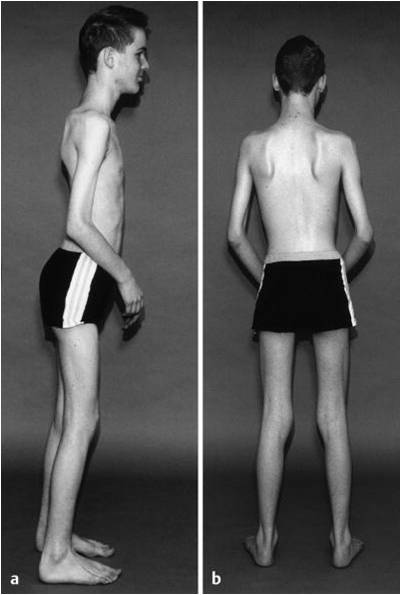 Skeletal Myopathy Emery-Dreifuss muscular dystrophy inheritance pattern?Affected muscles?Mutation?Symptoms? |
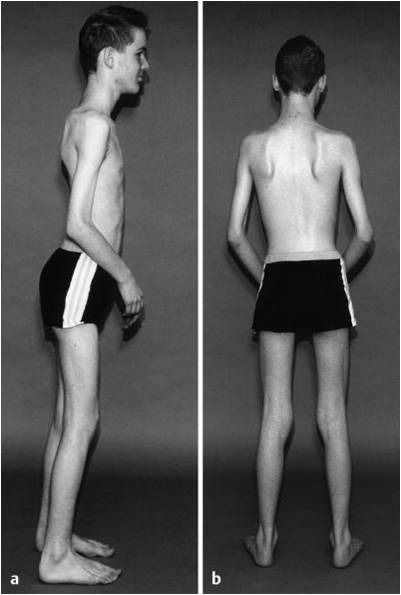 - Age of onset: early childhood - Inheritance pattern: X-linked (also AD/AR forms, but rare) - Muscles affected: skeletal and cardiac muscle Extent of weakness: muscle weakness and atrophy - (upper arms, lower legs, progress proximally to shoulder and hips) - Rate of progression: slowly progressive muscle weakness and atrophy - 1/100,000 - Most common laminopathy - Mutation in the LaminA/C (autosomal) or Emerin (X-linked) - Defects in lamin assembly/attachment to nuclear envelope à fragile nuclear envelop - Affects physically stressed tissues - Early contractures in elbows, ankles and neck à flexion deformity of elbows, limited neck flexion - Cardiomyopathy, conduction defects and arrhythmias in adulthood; pacemaker by 30 Sudden heart failure common |
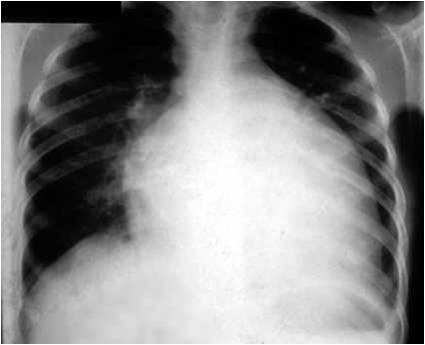 Dilated Cardiomyopathy What is the defect?What can be the effects?Symptoms? |
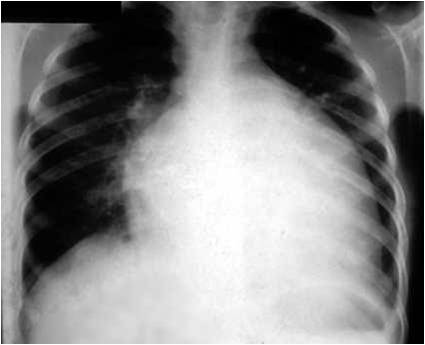 - Conduction-system disease - Lamin A/C defect (rare cause) - Fragile nuclear lamina à damaged nuclear structures/contents à cell death - à congestive heart failure in 1/3 of all cases - Actin mutation (cardiac muscle isoform) - 1/2500, 30% hereditary - Mutated where binds to Z disk à defective transmission of force in cardiac myocytes à early heart failure - Sx develop gradually: dyspnea, weakness, fatigue, palpitations, ankle edema Risk of PE and sudden death |
|
|
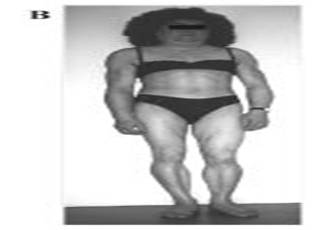 - Lamin A/C defect - preLamin A interacts with adipocyte TF à impaired adipocyte differentiation - accumulation of adipose tissue in the face and neck - peripheral lipoatrophy with muscle prominence defective lipid metabolism à insulin-resistant diabetes and hypertriglyceridemia |
|
Autosomal Dominant Leukodystrophy (ADLD)
|
Lamin
B duplication
Slowly progressive, symmetrical demyelination in CNS-
Phenotype
similar to chronic progressive multiple sclerosis (MS)-
Autonomic
dysfunction (orthostatic hypotension, bowel/bladder dysfunction, blurred
vision)
-
Followed
by loss of fine motor skills
Onset: 40-50 yrs, duration 20, tx: supportive
|
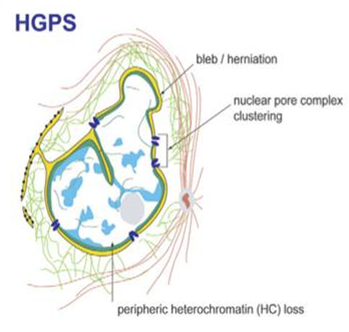 Hutchinson-Gilford Progeria Syndrome-Defect-effect?-phenotype?-What happens by about 5 yrs-Life expectancy? |
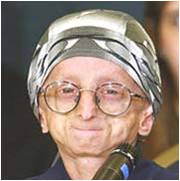 - Accelerated aging in children (~1 in 4 million) - AD- sporadic - Altered lamin A à unstable NE (bleb formation, loss of peripheral heterochromatin, NPC clustering) à progressive nuclear damage à premature cell death - 18-24 mo: failure to thrive - Prominent eyes, alopecia, loss of subcutaneous fat, joint stiffness - Arteriosclerosis ~ 5 yo Life expectancy ~13 yo à >80% deaths from MI or CHF |
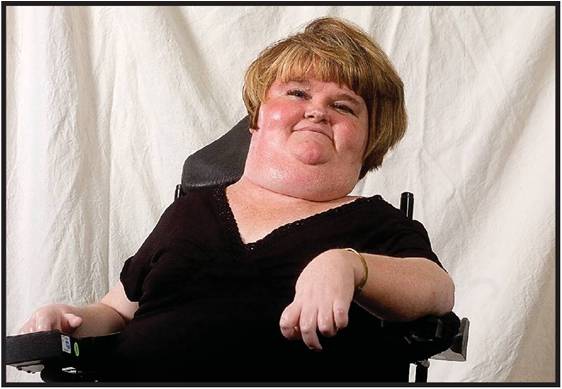 Spinal Muscular Atrophy-Where is this mutation located?-What strucure is involved? What is the protein it contains to which it is mutated? |
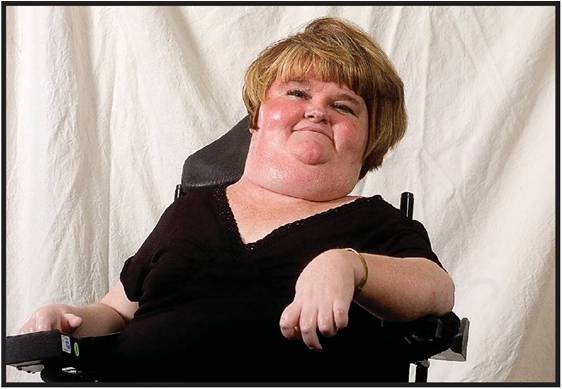 o Gem mutation-contain SMN survival of motor neurons protein o Survival of motor neurons (SMN) protein mutation o Gem- make snRNP- snRNA+protein in the nucleolus § Speckles are full of snRNP splicer proteins for mRNA machinery o Mutated Survival of MN protein-->defective snRNP assembly-->--> defective pre-mRNA splicing-->loss of motor neurons (spinal cord & brainstem) Muscle weakness o We usually have SMN 1 and 2 gnee § SMN 1 is usually deleted o Type 1-3 (infantile, intermediate, and adult) § Depends on SMN2 residual activity |



